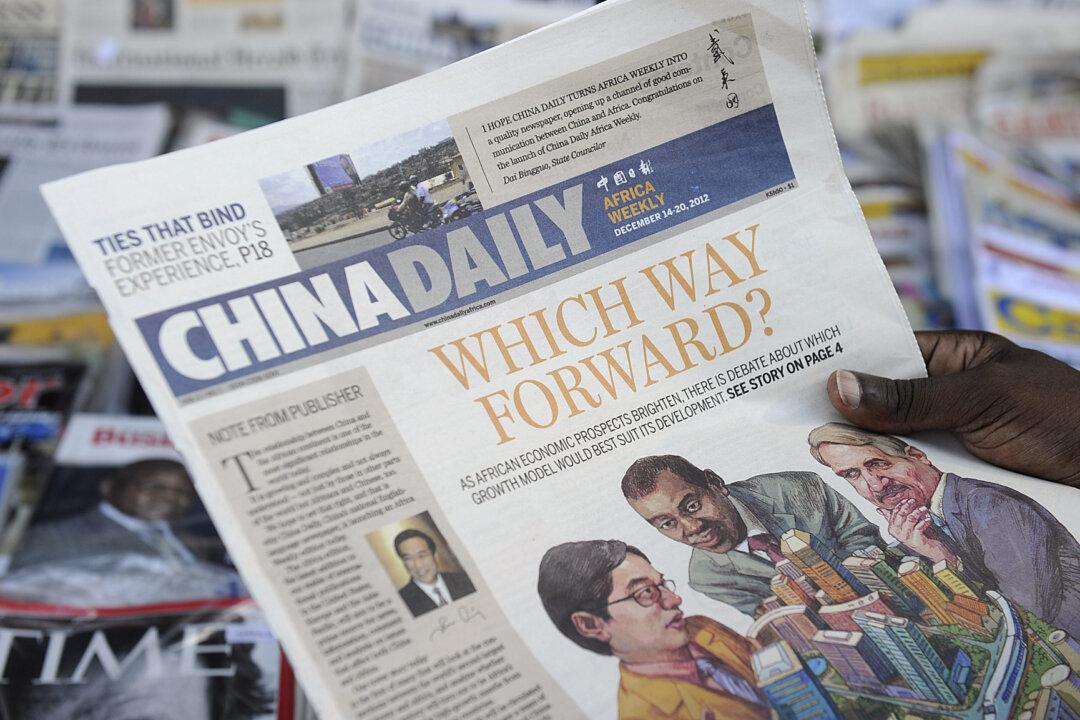Commentary
Xi Jinping’s recent speech about the Chinese Communist Party’s (CCP) overseas propaganda, in which he called on Chinese officials to create a “credible, lovable, and respectable” image for the nation, has gone viral.

Xi Jinping’s recent speech about the Chinese Communist Party’s (CCP) overseas propaganda, in which he called on Chinese officials to create a “credible, lovable, and respectable” image for the nation, has gone viral.